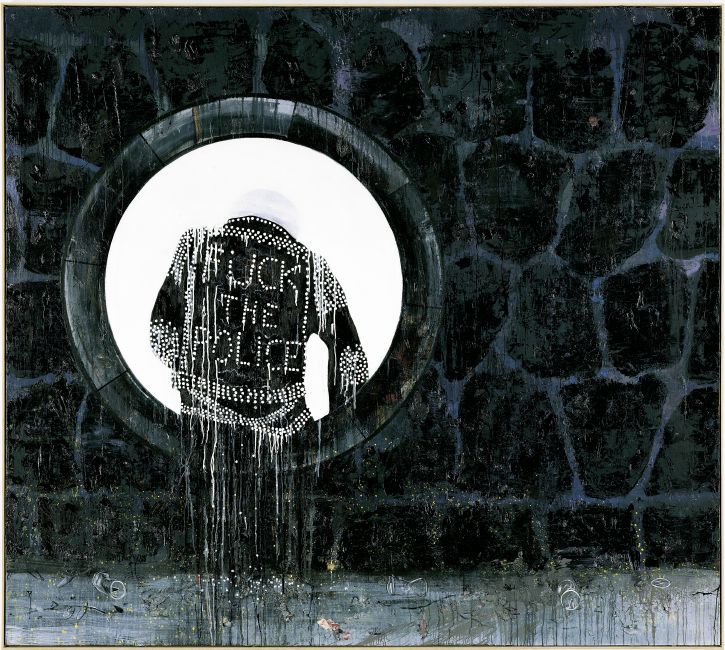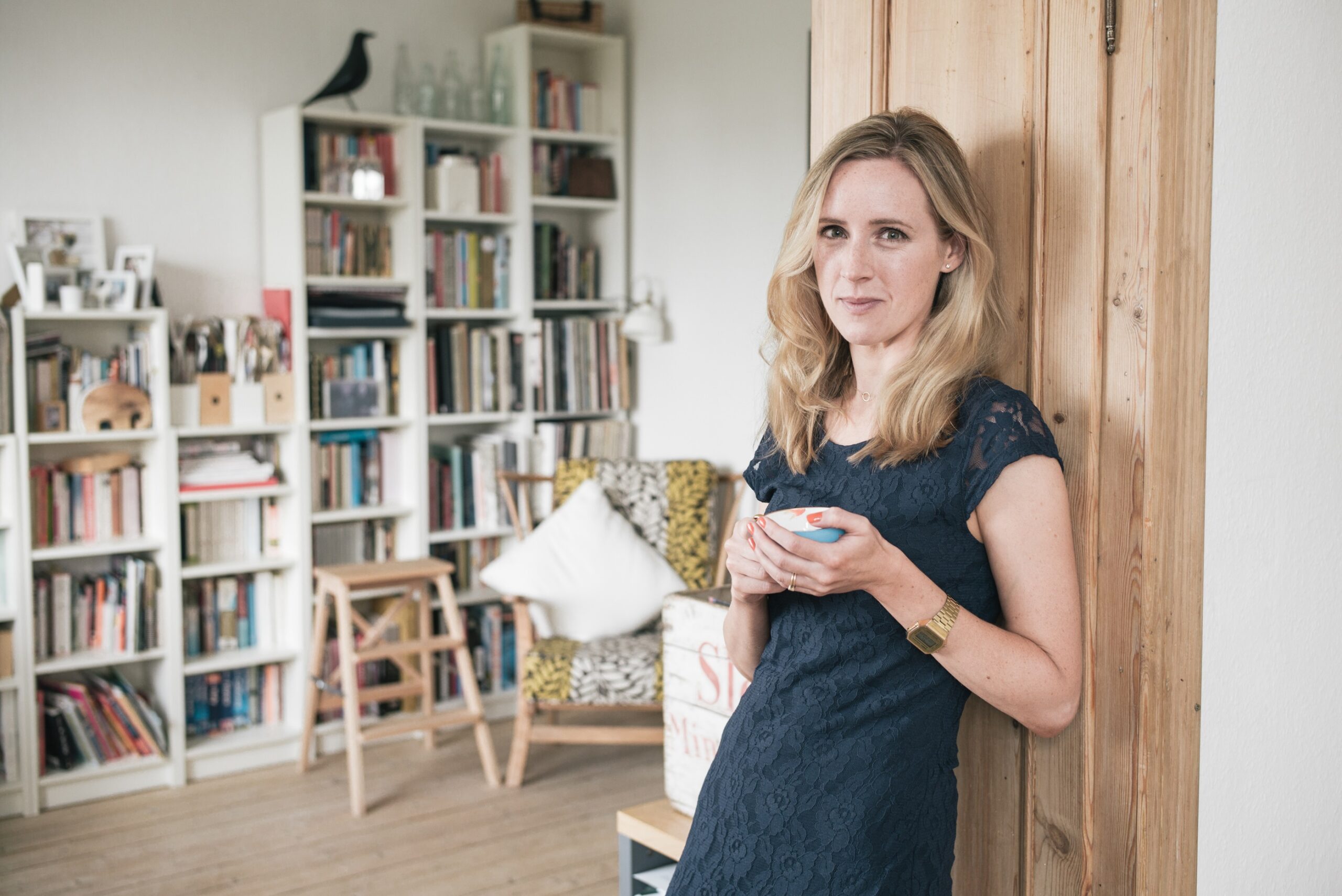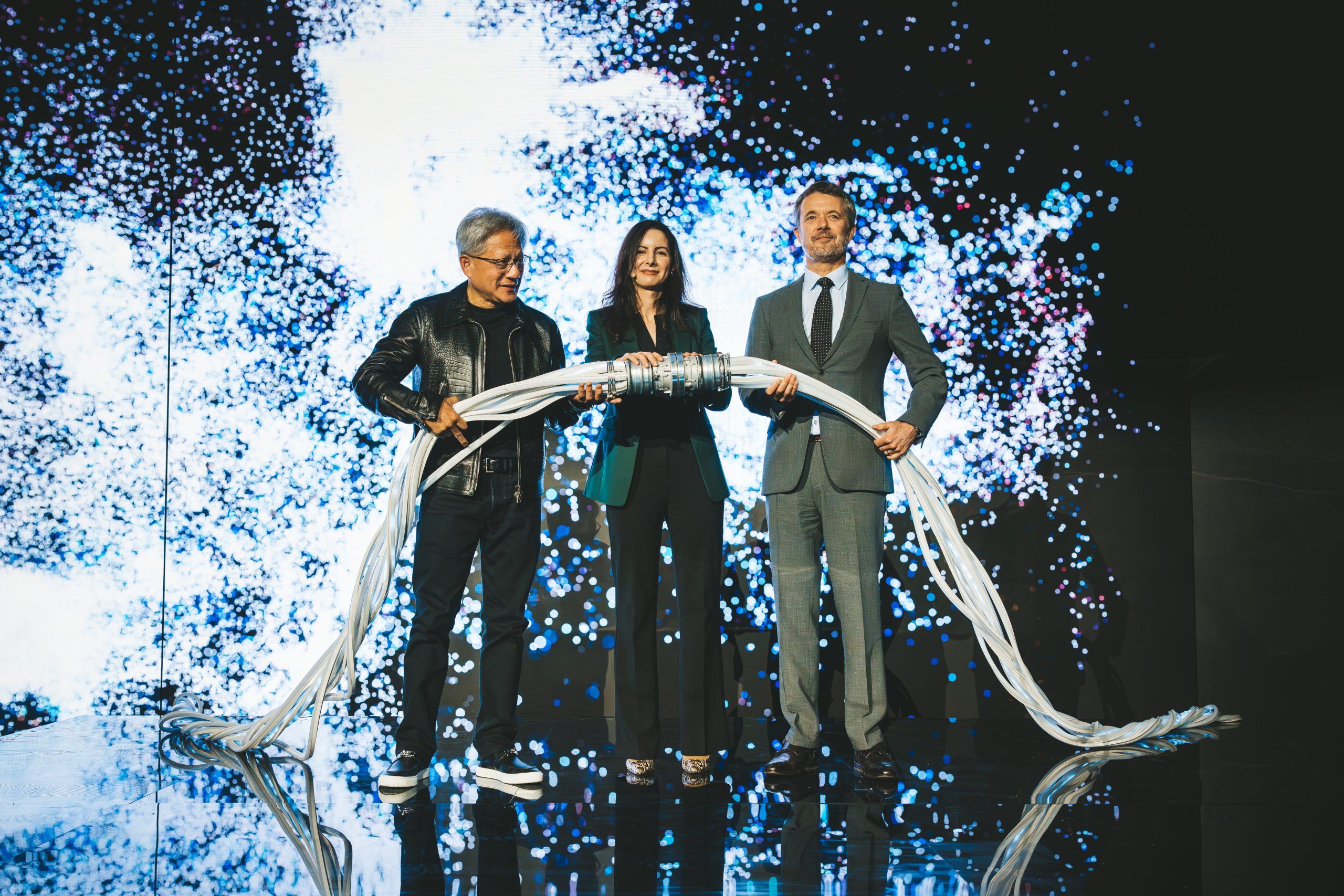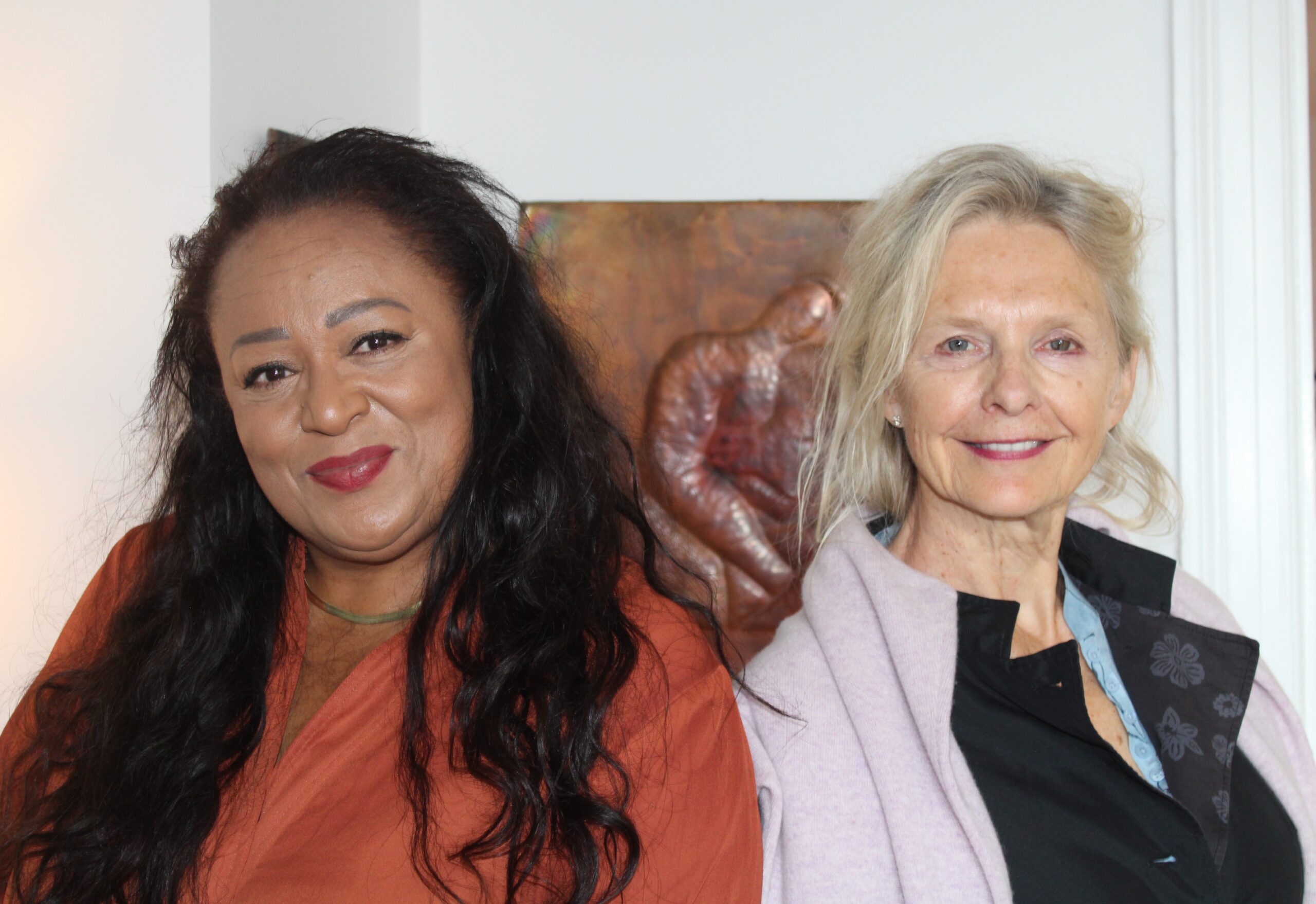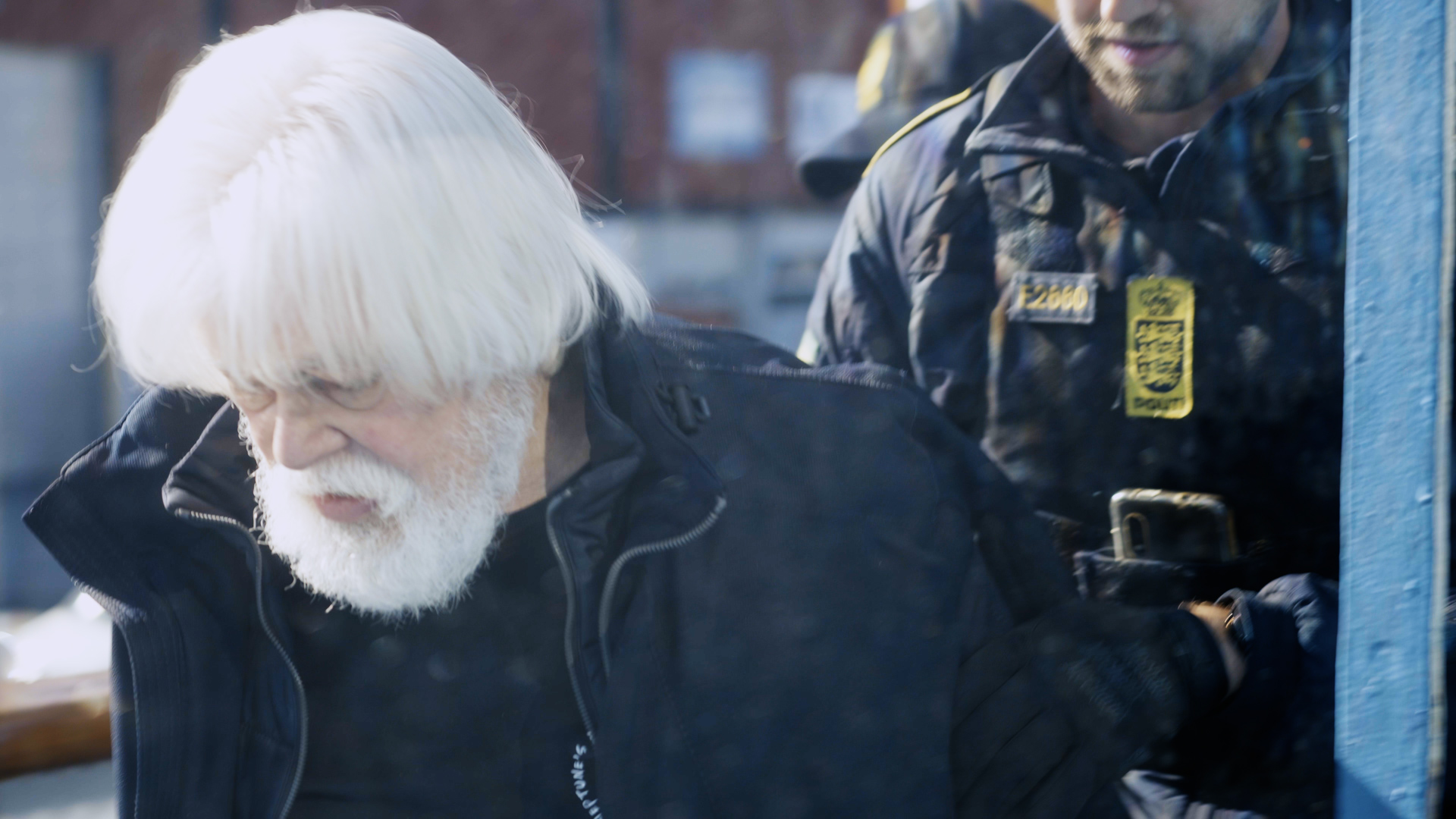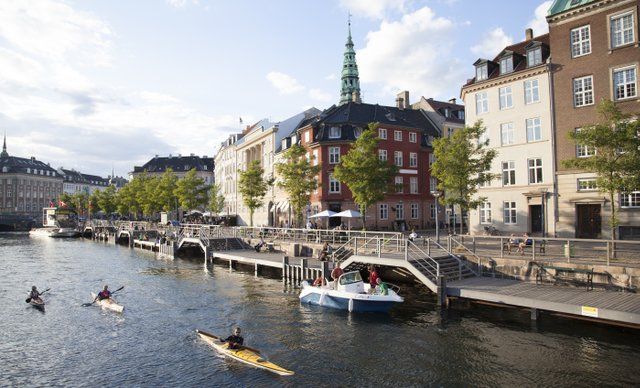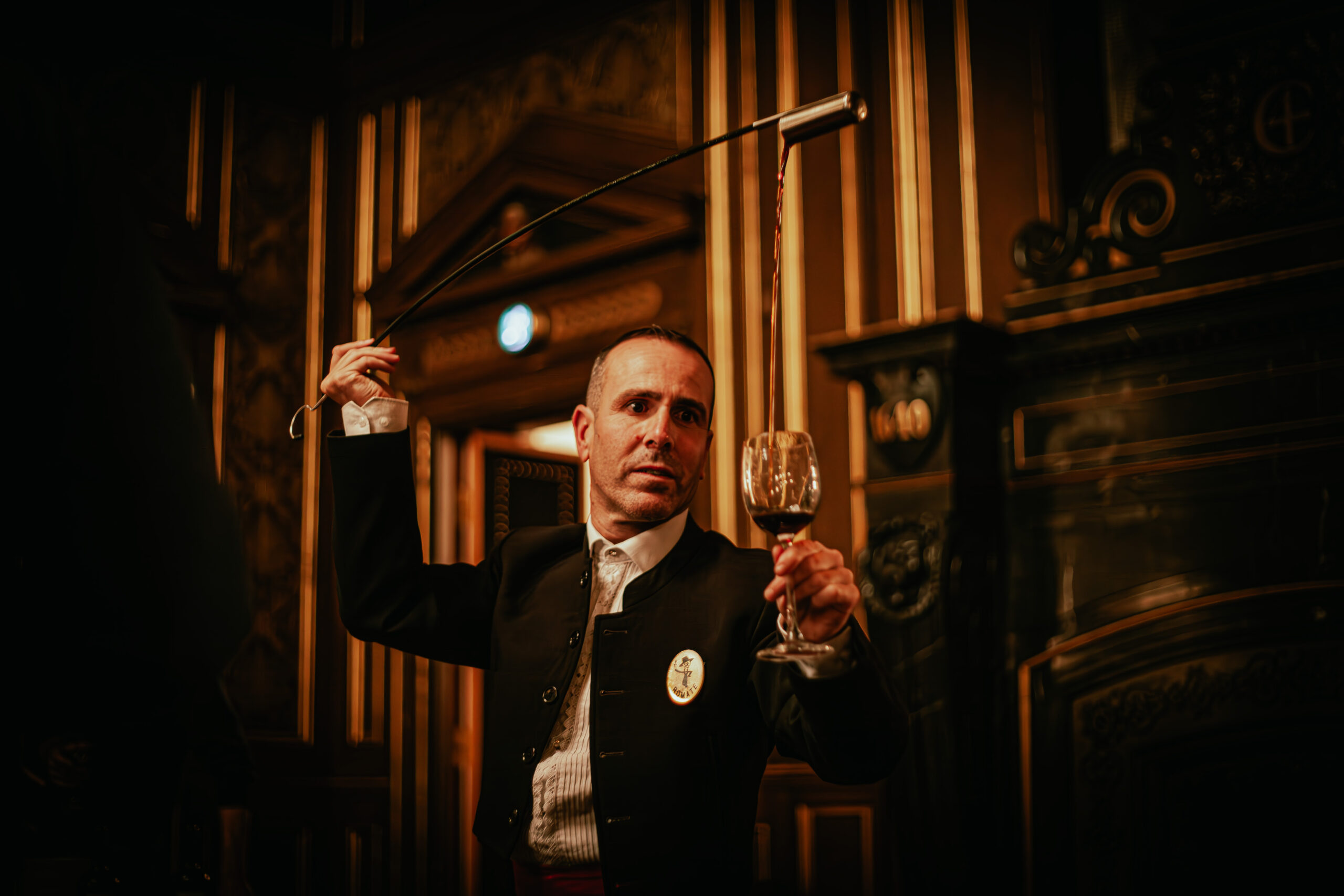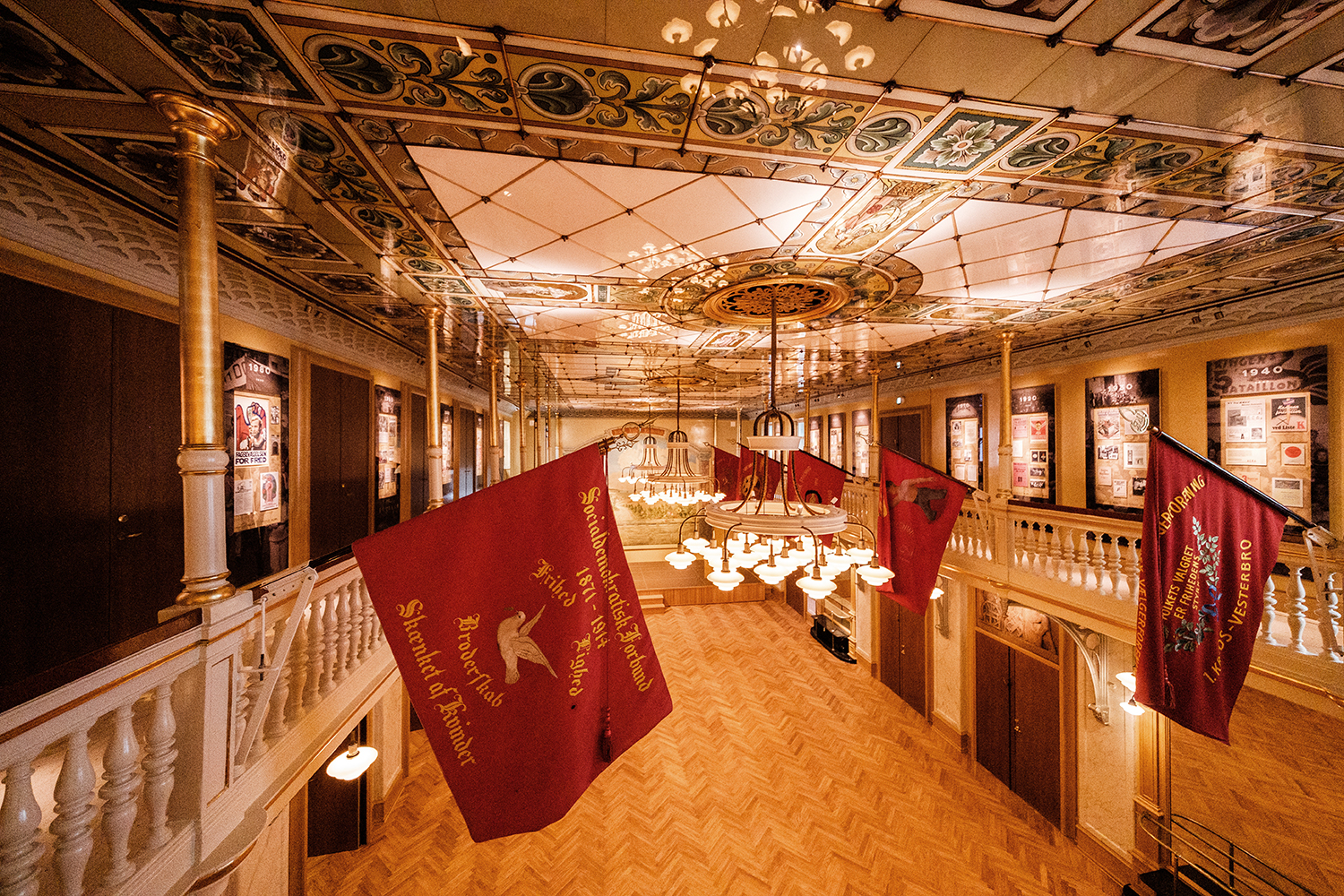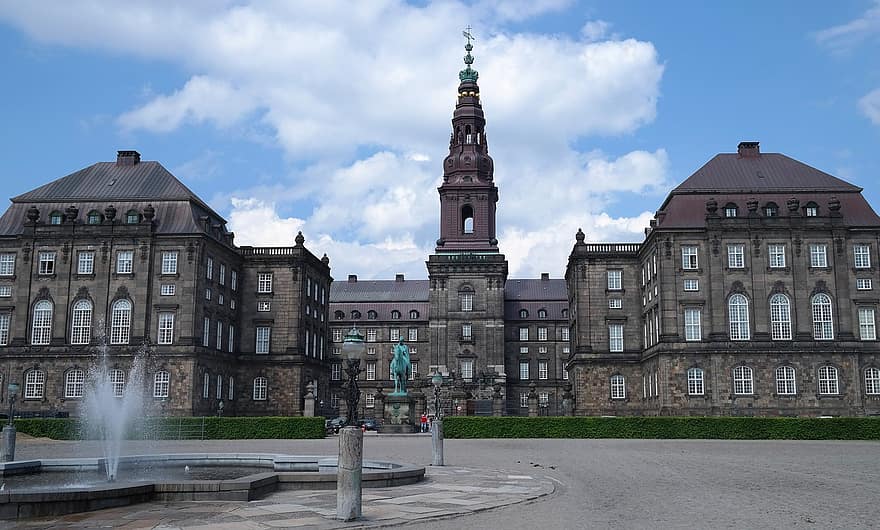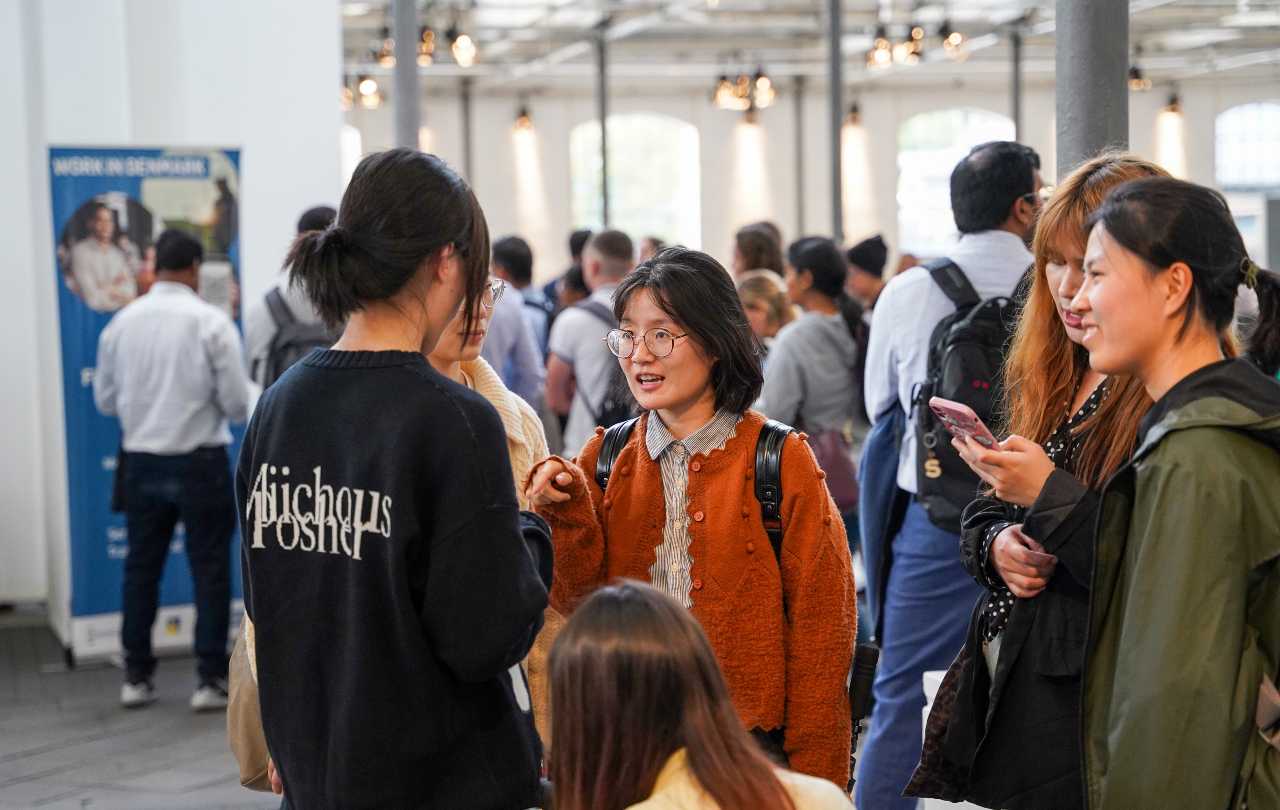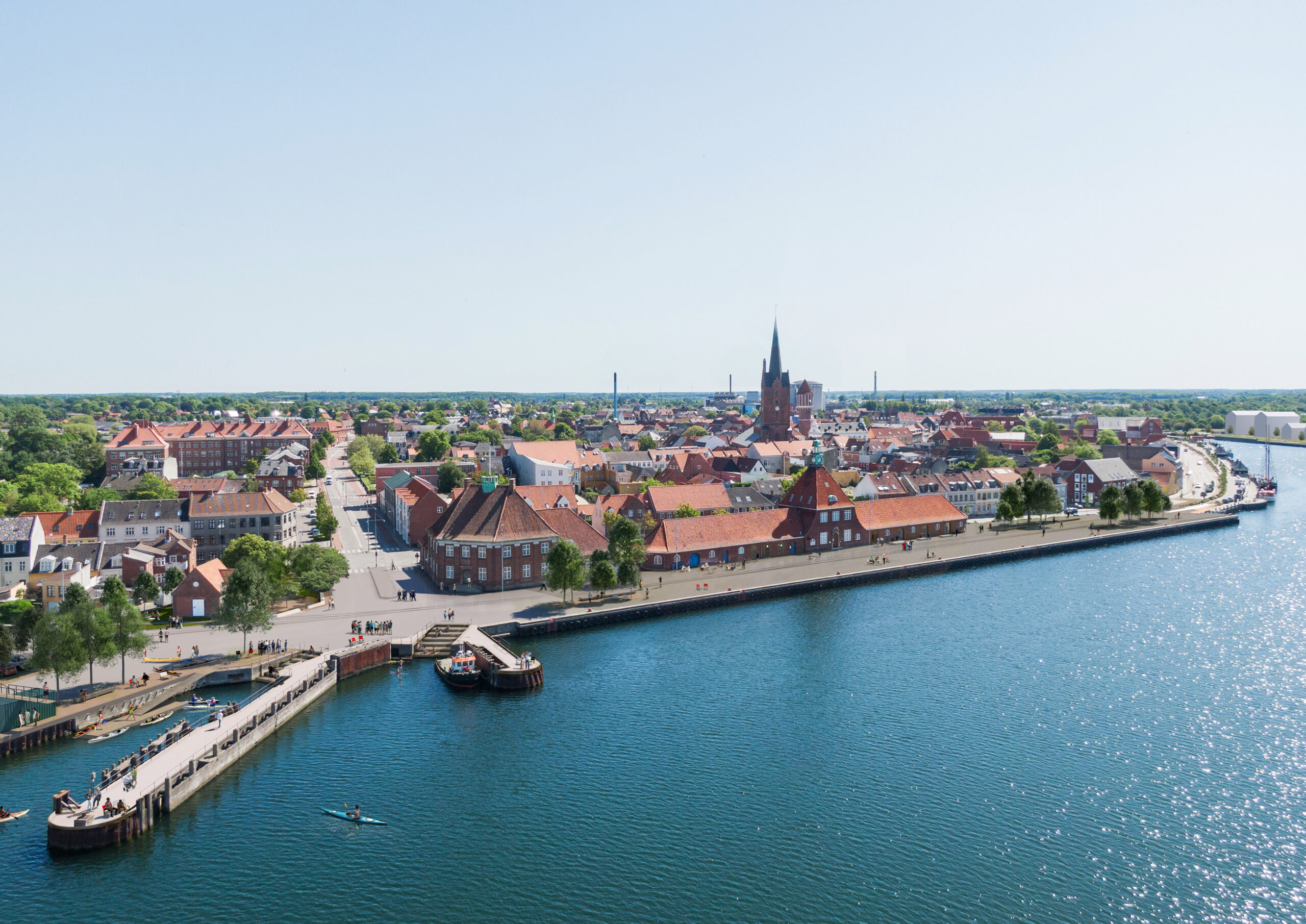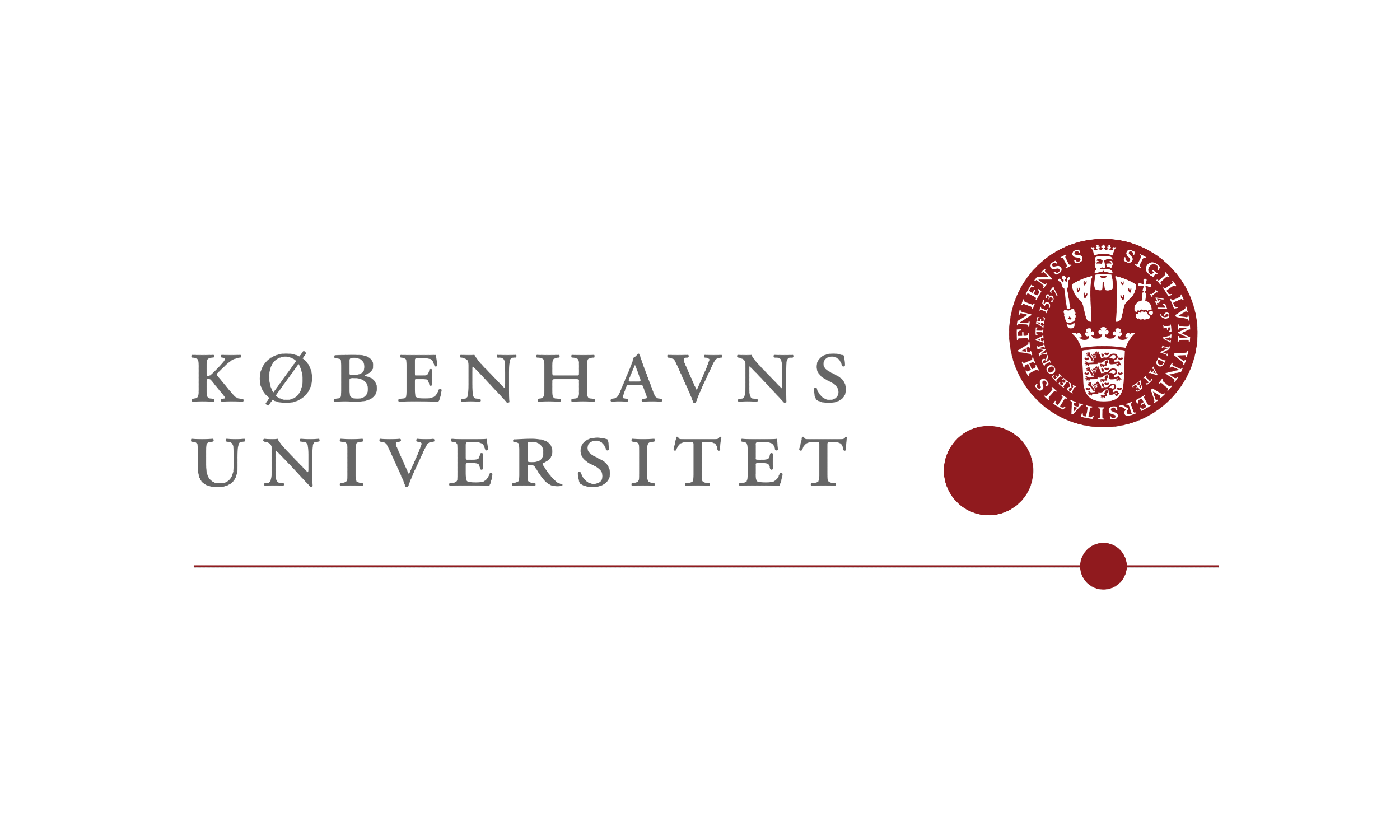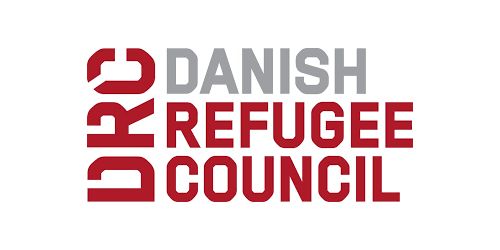An exhibition currently at Louisiana entitled ‘Lonely Old Slogans’ presents a major overview of the work of the German painter Daniel Richter to Scandinavian audiences for the first time.
READ MORE: Art Review: Hailing the magic of Louise Bourgeois
On entering the exhibition, the first thing that strikes the viewer is that Richter’s work is very ‘in your face’ and much of it on a large scale. He also goes in for intense, lurid colours, and what he paints obviously harks back to the mode of expression of the German painters of the 1930s, with their penchant for social commentary and satire.
Although there are some abstract pieces here, Richter mostly paints figuratively these days, and he is definitely telling a story through his pictures. However, what his figures represent is harder to determine. Dogs, horses, riot-geared policemen, refugees, Bedouin, figures clad in the garb of super-heroes and even Snow White all inhabit his world. There are frequent references to pop-cultural icons and his palette is reminiscent of the colours used by graffiti artists.
The titles of the paintings are frequently at odds with the motifs, adding to the surreal aura of the works. There is often an undertone of violence present, and his figures play out their roles in a series of dystopian landscapes.
Richter’s work can be loosely categorised into three groups. Firstly, there are pictures with themes or dealing with issues; secondly, there are works emerging from found materials; and lastly, there are works inspired by dream states, which are often surrealistic.
Once a punk …
Richter was part of the punk scene in Hamburg, with all that it entails musically and politically, and is the owner of the punk, jazz, and hip-hop record label Buback. So it is perhaps no surprise that some of his pictures have musical references.
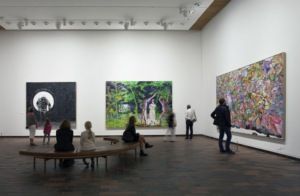
One of the largest abstract paintings on display is entitled ‘Fool on a Hill’ from 1999. At the bottom of the picture (pictured above, right), several grey rock-like objects sit in a field of white. Above is a psychedelic acid-trip of a sky, with a vast jumble of swirls of colour. Right in the centre at the top is a small, almost circular ‘window’, with a patch of what looks like blue sky in it. Perhaps this is one of Richter’s attempts to ‘paint’ music in some way, and alluding to the title of a well-loved Beatles song is no accident.
‘Lonely Old Slogans’ (above, left and main photo) from 2006 certainly seems to be a nostalgic tipping of the hat to the punk era, with its leather-jacketed figure with the slogan ‘Fuck the Police’ picked out in studs on the back of the jacket framed in what looks like a porthole, or maybe a sewer pipe. The paint is running down the canvas from the rivets on the jacket, almost as if the slogan is being washed away.
A nightmarish scene
In ‘The Idealists’ three faceless figures in the foreground, apparently in super-hero garb, play air-guitar in front of a block of flats that is either under construction, being demolished or falling down. Oblivious to what is going on around them, the figures appear to be giving off electric charges. There is a fire raging in three of the top flats and debris is falling down into the street. A jackboot appears from the bottom left hand edge of the canvas as if the person is caught in mid-goose step. In this apocalyptic nightmare the foreground figures might be said to be ‘fiddling while Rome burns’.
‘Dog Planet’ features a row of what appear to be police in full riot gear, several of whom are holding snarling Alsatian dogs. The faces of the policemen are not really human. They seem to be masked or even simian – so perhaps the title is a reference to ‘Planet of the Apes’? The lurid orange and red of the dogs against the predominantly black uniforms of the policemen contribute to the very disturbing atmosphere of latent violence in the picture.
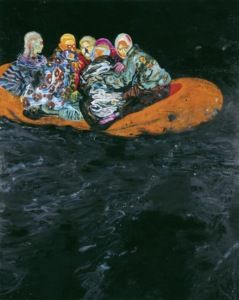
Perhaps more overtly political (although Richter painted it in 2001, before the refugee crisis really took off), ‘Tarifa’ has come in for a lot of comment. It depicts an inflatable dinghy with a group of figures huddled inside – obviously refugees. However, the figures appear almost luminous and the colours are those that might be obtained by photographing the scene with an infra-red camera. The monumental size of the piece and the intensely black sea that takes up about two-thirds of the bottom of the picture make for a very powerful image.
Richter certainly seems to have an agenda with his work – political or otherwise – and as well as wanting to tell a good story, his pictures show that he is very conscious of 20th century art history.

